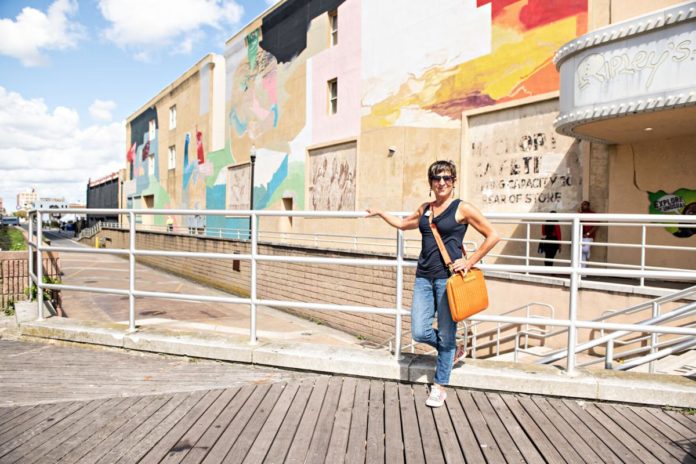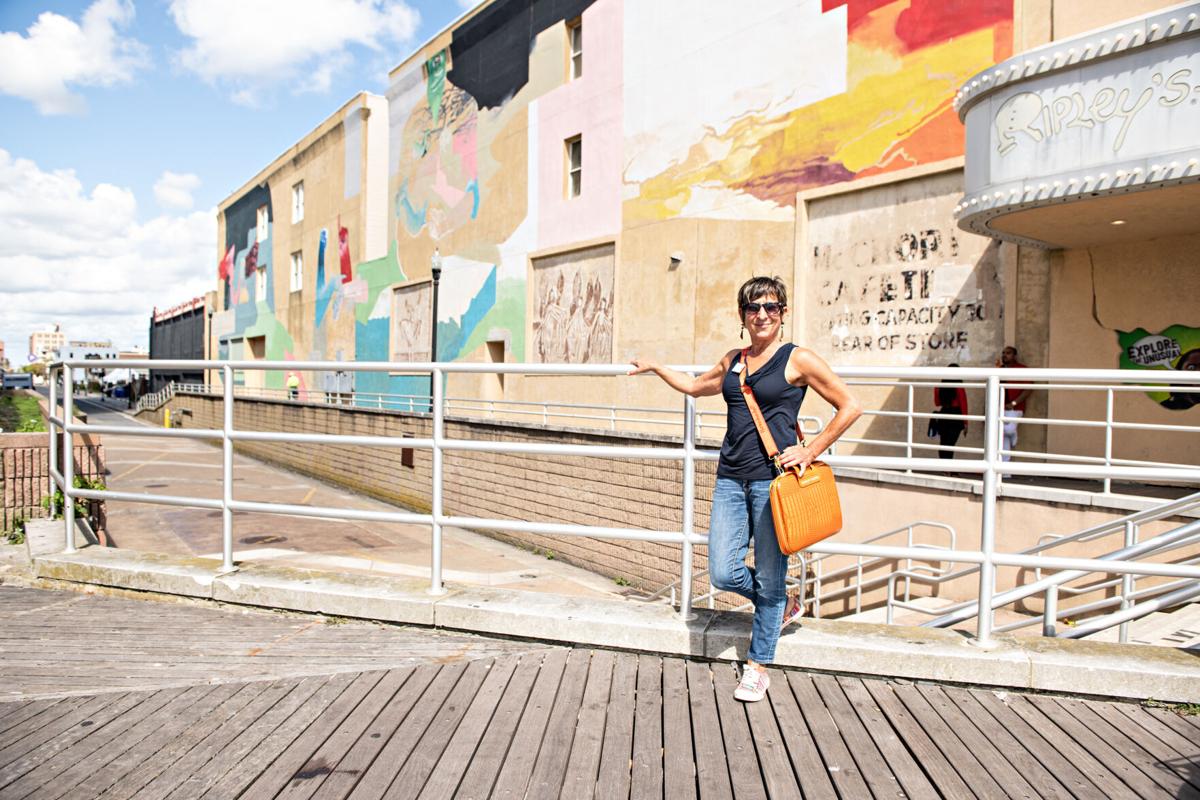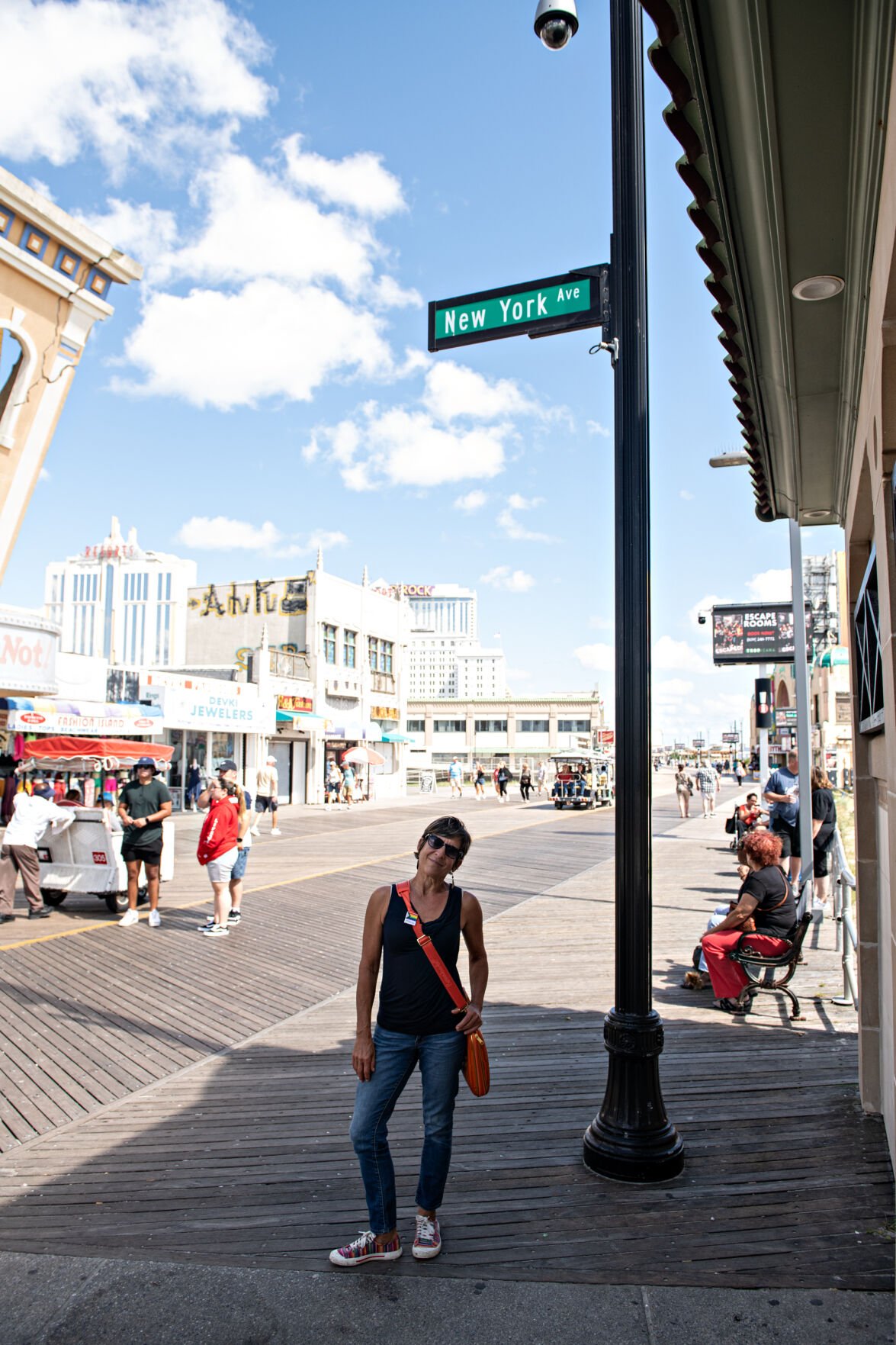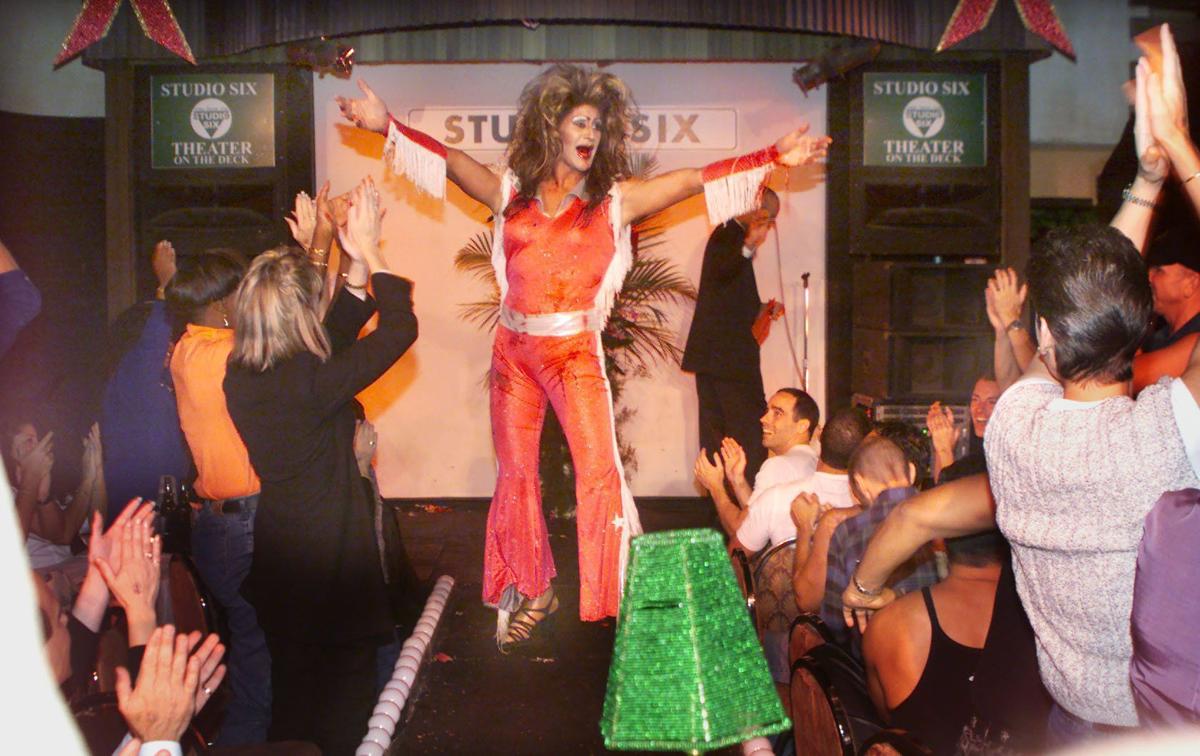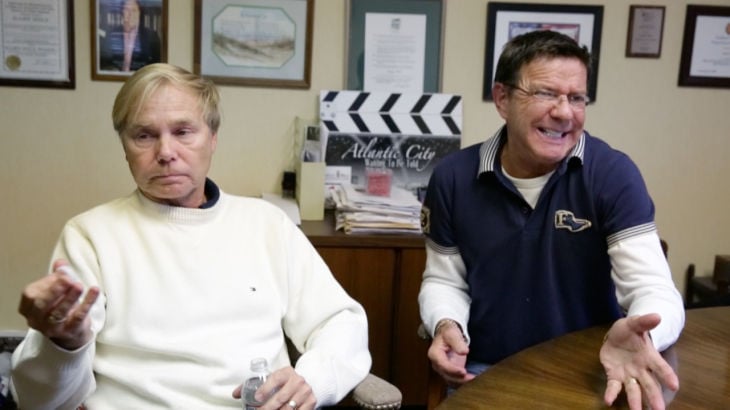“(New York Avenue) was a big deal back in its heyday, which was really the 1970s. Everybody from Philadelphia, New York and DC all came to New York Avenue,” said Laurie Greene, associate professor of anthropology at Stockton University, AC Pride board member and author of a book about the Miss’d America drag pageant.
A new nonprofit, AC Pride, is working to commemorate the LGBTQ community’s history and impact in the area, as well as revive the community’s presence.
“It was a big deal back in its heyday, which was really the 1970s. Everybody from Philadelphia, New York and DC all came to New York Avenue,” said Laurie Greene, associate professor of anthropology at Stockton University, AC Pride board member and author of a book about the Miss’d America drag pageant. “It had 15 to 20 gay clubs, boarding houses, restaurants, a pool, Grand Central Resort and it all catered to gay clientele, but others as well.”
Greene said New York Avenue, as far back as the 1930s, has been the city’s “gayborhood — a place where people gathered.”
At a recent meeting of the Atlantic City Planning & Development Committee, AC Pride proposed a plaque to commemorate the LGBTQ community’s contributions to New York Avenue. If approved, the sign will read, “New York Avenue: Where The Party Began.”
Councilman Kaleem Shabazz expressed his support for the plaque and other initiatives. Paperwork is being prepared to make it official.
“Most people don’t know the history of the street,” Greene said.
In the 1920s, Louise Mack, known as the “mother” of the scene, owned and operated The Entertainers Club, which catered to gay men and was set along Westminster Avenue, better known as Snake Alley. More businesses catering to gay clientele opened up in the years to come.
John Schultz, a prominent figure in the local gay community and a former city councilman, at one point owned nine bars and clubs in the resort that mainly catered to the LGBTQ community.
The advent of casinos and other factors led to a period of decline of the “gayborhood.” New York Avenue and the surrounding area was dubbed an economic “dead zone.”
But four years ago, a yoga shop called the Leadership Studio opened on Tennessee Avenue and served as a catalyst for businesses such as the Tennessee Avenue Beer Hall and Rhythm and Spirits to open on the street.
Hayday Coffee, Bourré and Anchor Rock Club now occupy space on New York Avenue, where gay bars and clubs such as Chez Paree, Rendezvous and Saratoga used to stand.
Evan Sanchez, owner of Hayday Coffee, is one of the people who spearheaded the revitalization of the Orange Loop, named for its location along the streets that occupy the orange spaces on a traditional Monopoly board. A commercial real estate and housing developer, Sanchez bought a number of his properties in the area from Schultz.
As a native of Atlantic City, Sanchez has family members who bore witness to the former thriving LGBTQ hub around New York Avenue and Snake Alley, and he hopes to see some of that come back.
“Before casinos, around the New York Avenue area was a major gay community,” said Mark Segal, publisher of the Philadelphia Gay News and longtime summer resident of Atlantic City. According to Segal, in the 1970s, Atlantic City was such a huge market that his publication distributed an Atlantic City supplement paper.
Segal has seen how the impact of development in an LGBTQ neighborhood can reverse years of decline. He’s seen it in his own community in his native Philadelphia.
“Up until about six years ago, the gayborhood had a lot of empty, vacant buildings. It was on the decline,” he said. “An LGBT building raised the prices of land in the area. There are very few pieces of land left in that neighborhood, so that sparked new interest in the area.”
AC Pride hopes to help the city capitalize on its past as a thriving gay scene and, like in Philadelphia, spur development and growth.
“What’s really happening now is the land prices are reasonable,” Schultz said. “When the casinos were building, the land was really expensive, but now everything’s kind of stabilized. This valuable land between Pacific Avenue and the beach has become practical to buy.”
AC Pride’s ally program will allow businesses to pay a fee and join as members. Using this information, the organization hopes to create a directory of LGBTQ-friendly businesses in the city that will be linked to the city’s official webpage.
In addition to installing a plaque, the nonprofit is looking to paint the rainbow flag colors on the arch that serves as the entrance to the Park Place beach on the Boardwalk.
Khoa Boi, a community health educator at the Oasis Drop-in Center and board member of AC Pride, was born decades after the gayborhood’s heyday. But colleagues and community members have recounted their experiences to him.
“When I look through pictures of my neighbors and coworkers, they show me really lovely photos of a harmonized community,” Boi said.
Despite the generational gap, the plaque still holds meaning to him.
“It’s a way for us not to erase our existence. We were here, on this avenue, this is what we were known for. We are going to continue being visible and possibly at that location again,” he said.
Greene, who wrote the book “Drag Queens and Beauty Queens: Contesting Femininity in the World’s Playground,” which focuses on the city’s Miss’d America drag pageant, knows the importance of preserving and telling a community’s story.
Another focus of AC Pride will be to establish a gay elders project, “collecting video diaries and narratives from older people in the gay community to talk about their experiences,” she said.
“Part of the reason that’s so important as restorative history is one, because marginalized communities don’t often get to tell their history, but also because AIDS wiped out a good part of the generations here in the city and there’s a sort of hole in younger gay people’s knowledge about their community and the contributions it’s made,” Greene said.
#pu-email-form-daily-email-article { clear: both; background-color: #fff; color: #222; background-position: bottom; background-repeat: no-repeat; padding: 15px 20px; margin-bottom: 40px; border-top: 4px solid rgba(0,0,0,.8); border-bottom: 1px solid rgba(0,0,0,.2); display: none; } #pu-email-form-daily-email-article, #pu-email-form-daily-email-article p { font-family: -apple-system, BlinkMacSystemFont, “Segoe UI”, Helvetica, Arial, sans-serif, “Apple Color Emoji”, “Segoe UI Emoji”, “Segoe UI Symbol”; } #pu-email-form-daily-email-article h1 { font-size: 24px; margin: 15px 0 5px 0; font-family: “serif-ds”, Times, “Times New Roman”, serif; } #pu-email-form-daily-email-article .lead { margin-bottom: 5px; } #pu-email-form-daily-email-article .email-desc { font-size: 16px; line-height: 20px; margin-bottom: 5px; opacity: 0.7; } #pu-email-form-daily-email-article form { padding: 10px 30px 5px 30px; } #pu-email-form-daily-email-article .disclaimer { opacity: 0.5; margin-bottom: 0; line-height: 100%; } #pu-email-form-daily-email-article .disclaimer a { color: #222; text-decoration: underline; } #pu-email-form-daily-email-article .email-hammer { border-bottom: 3px solid #222; opacity: .5; display: inline-block; padding: 0 10px 5px 10px; margin-bottom: -5px; font-size: 16px; } @media (max-width: 991px) { #pu-email-form-daily-email-article form { padding: 10px 0 5px 0; } }

